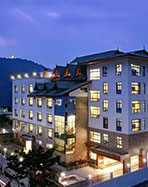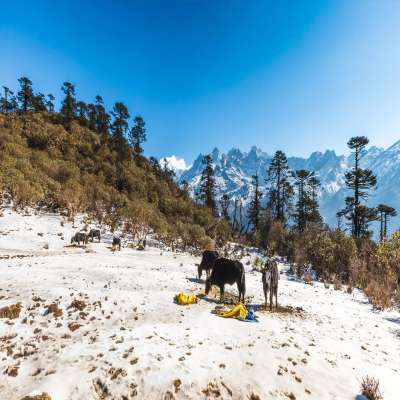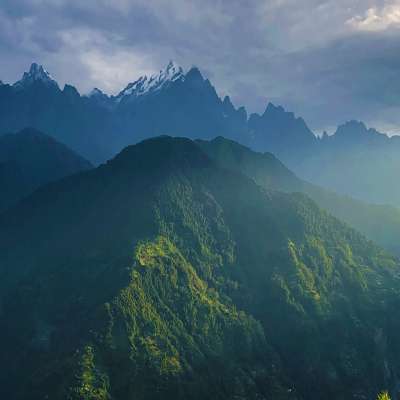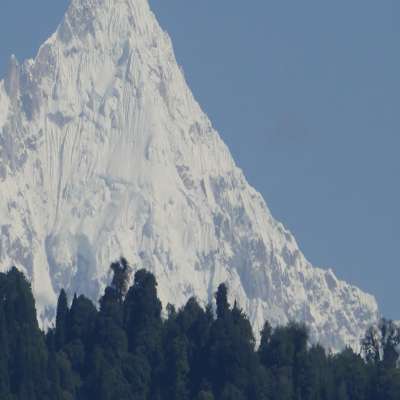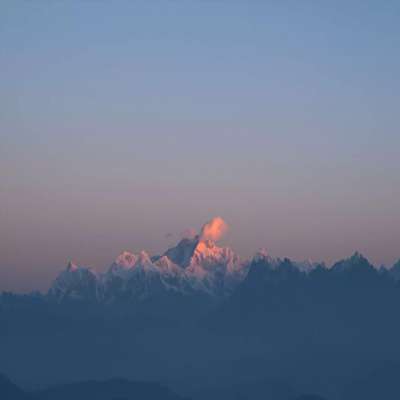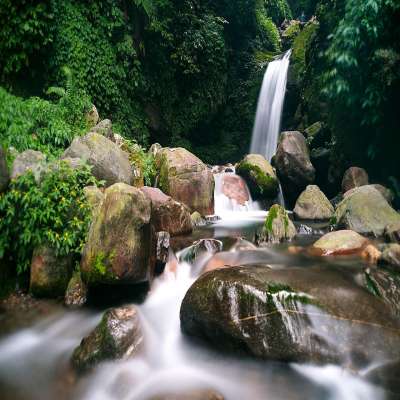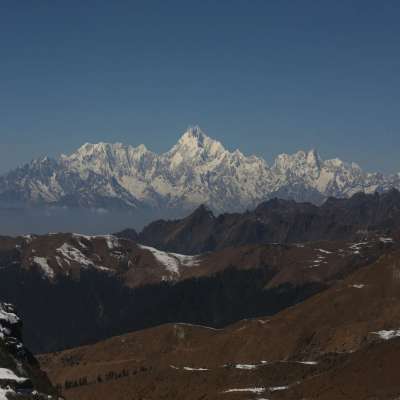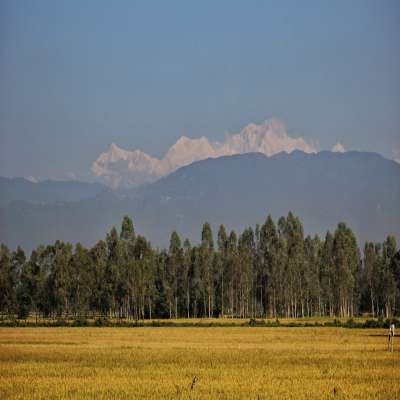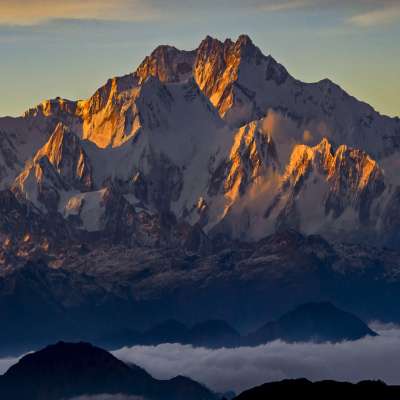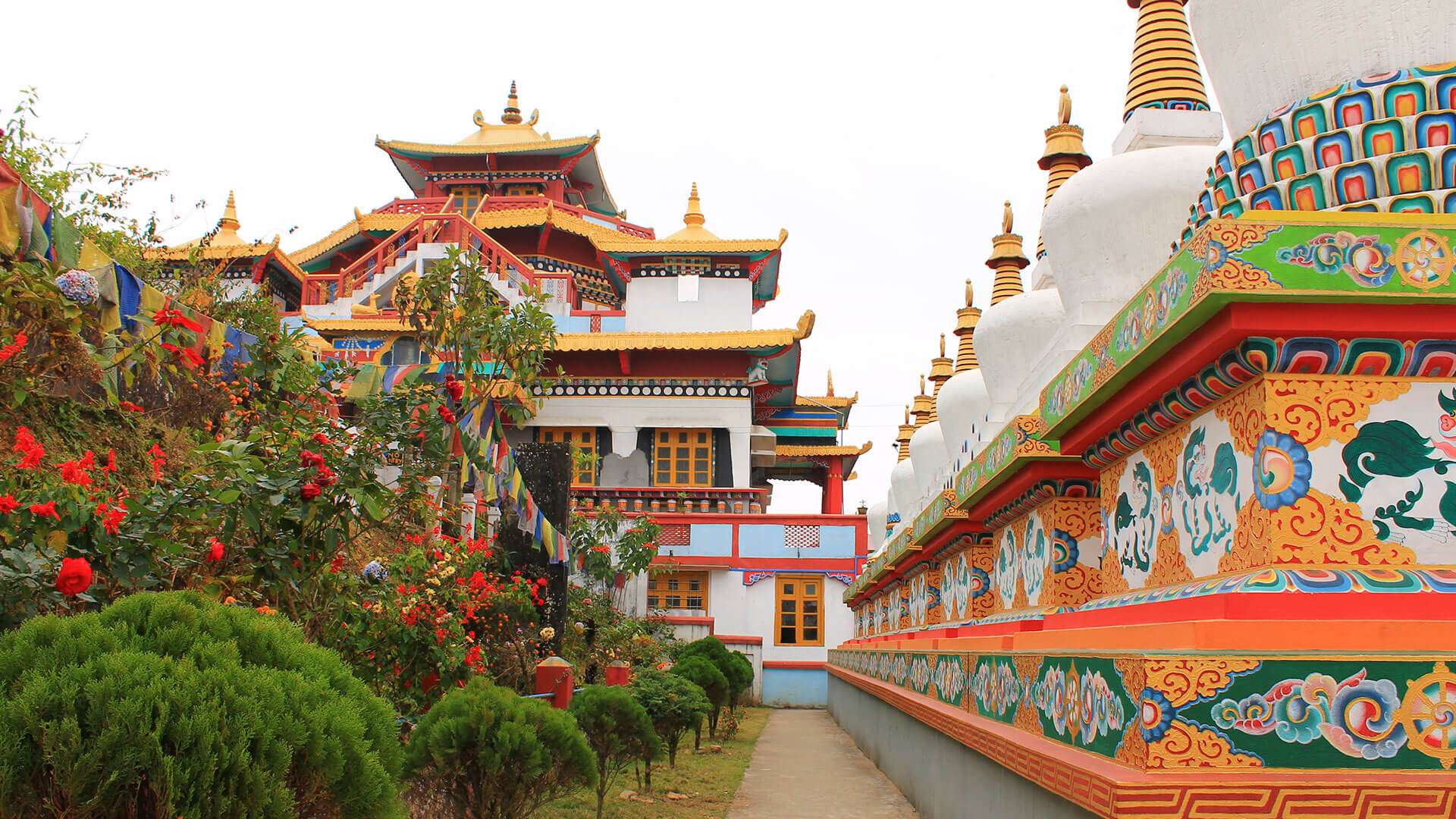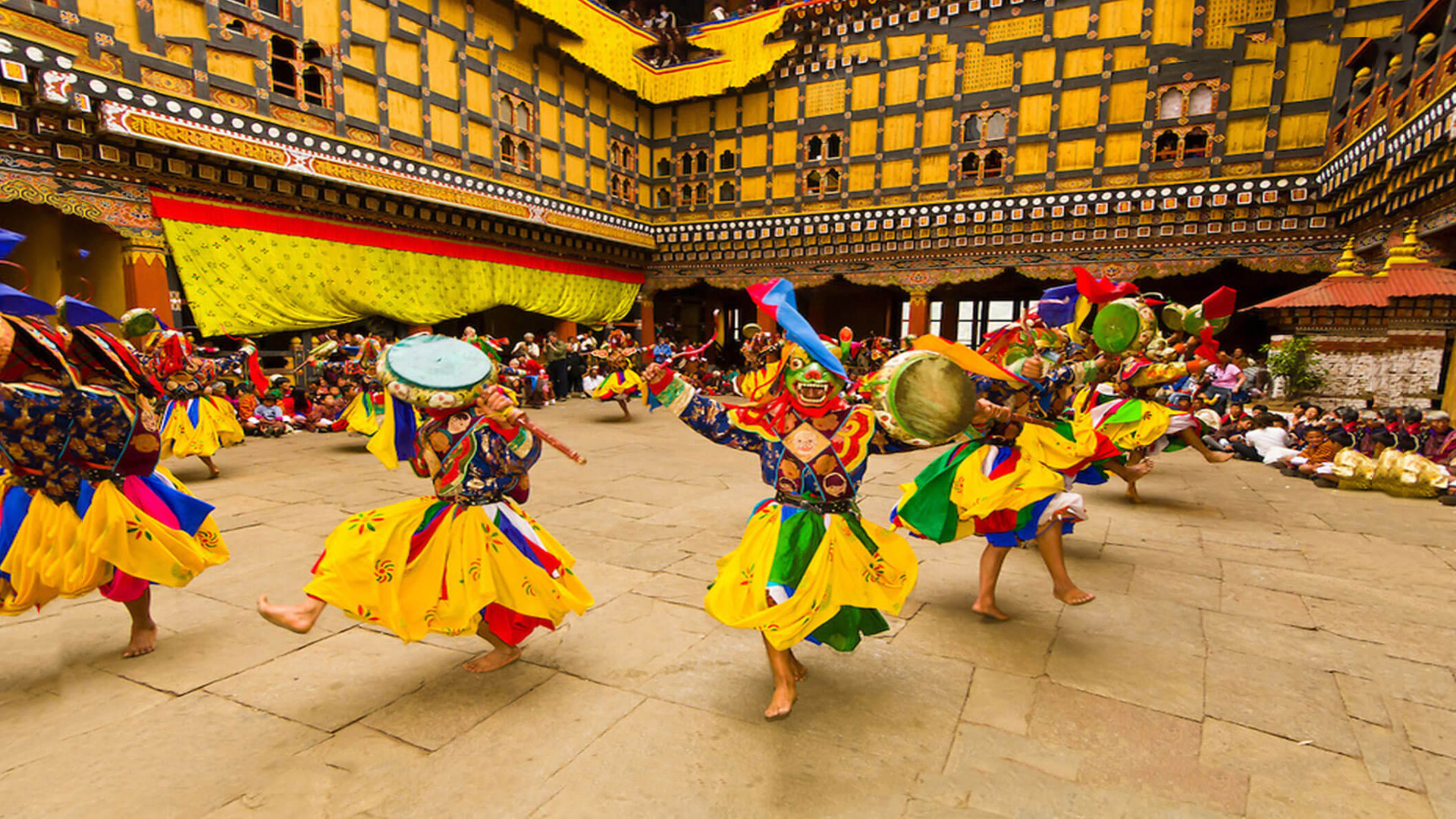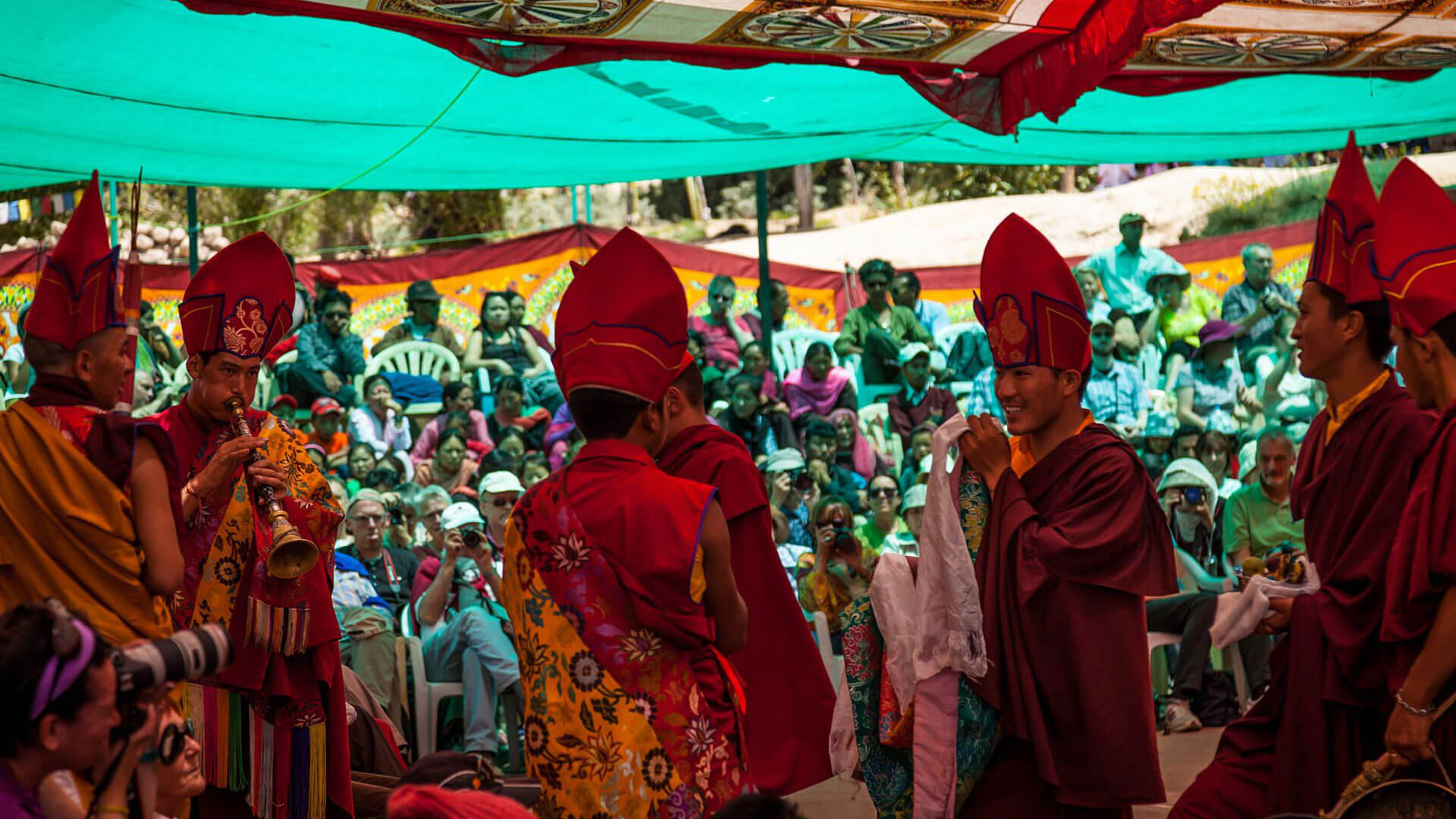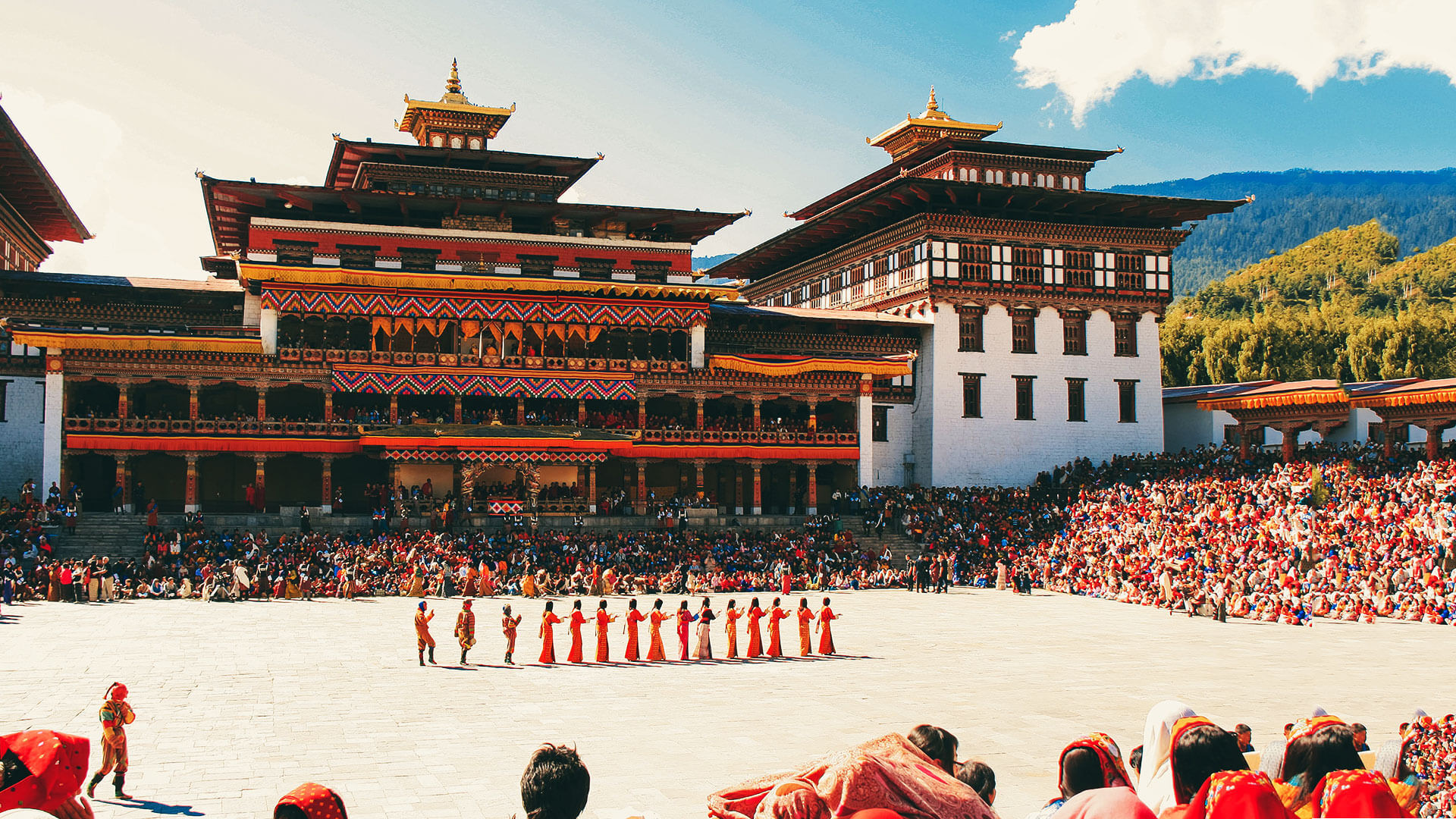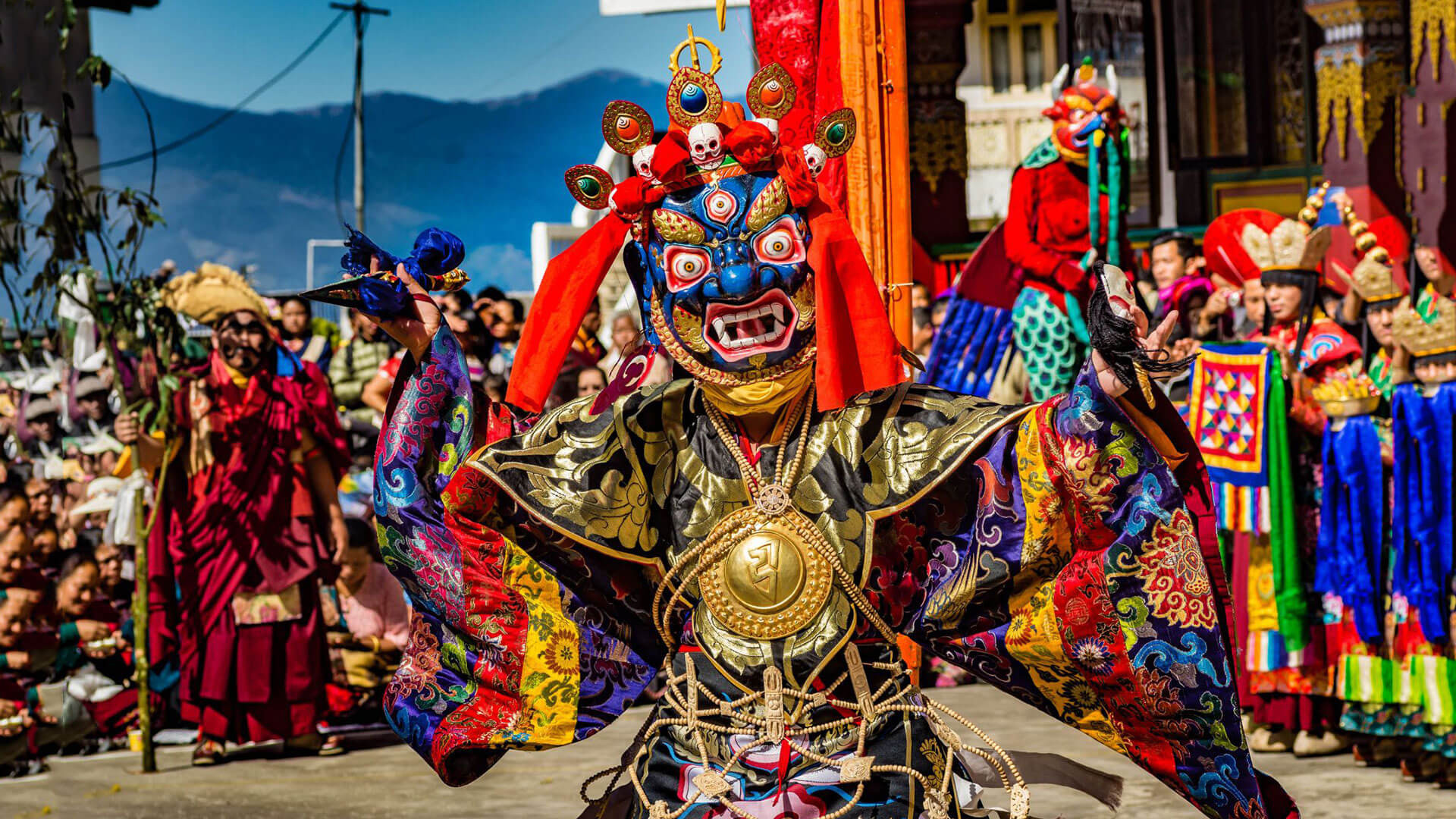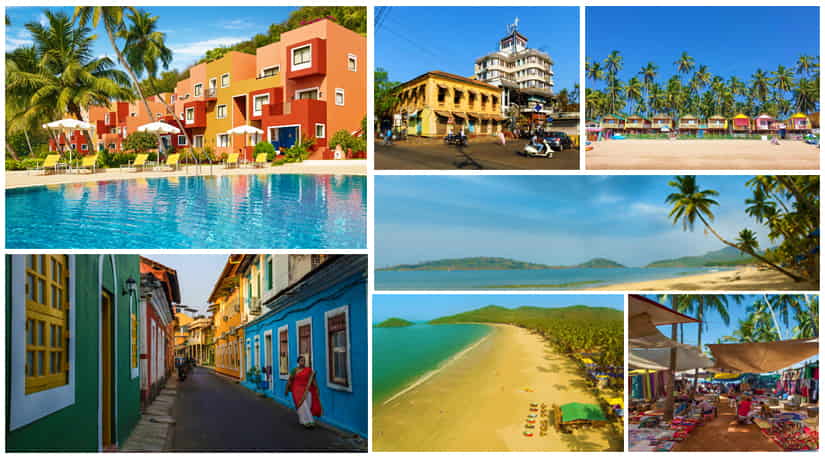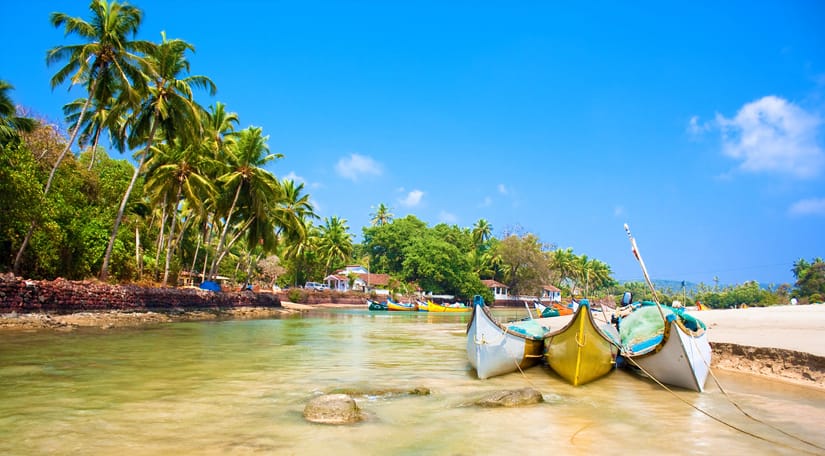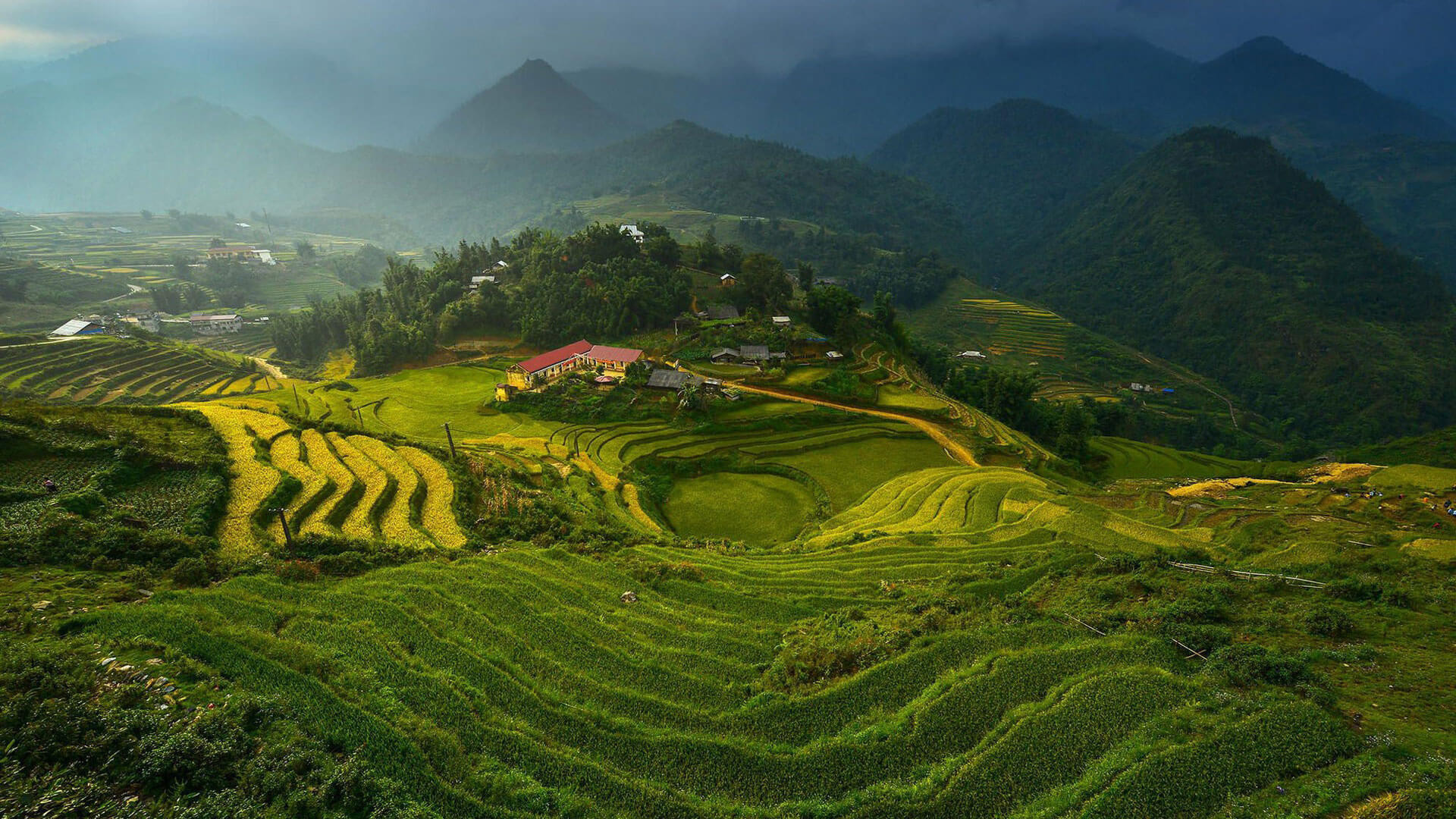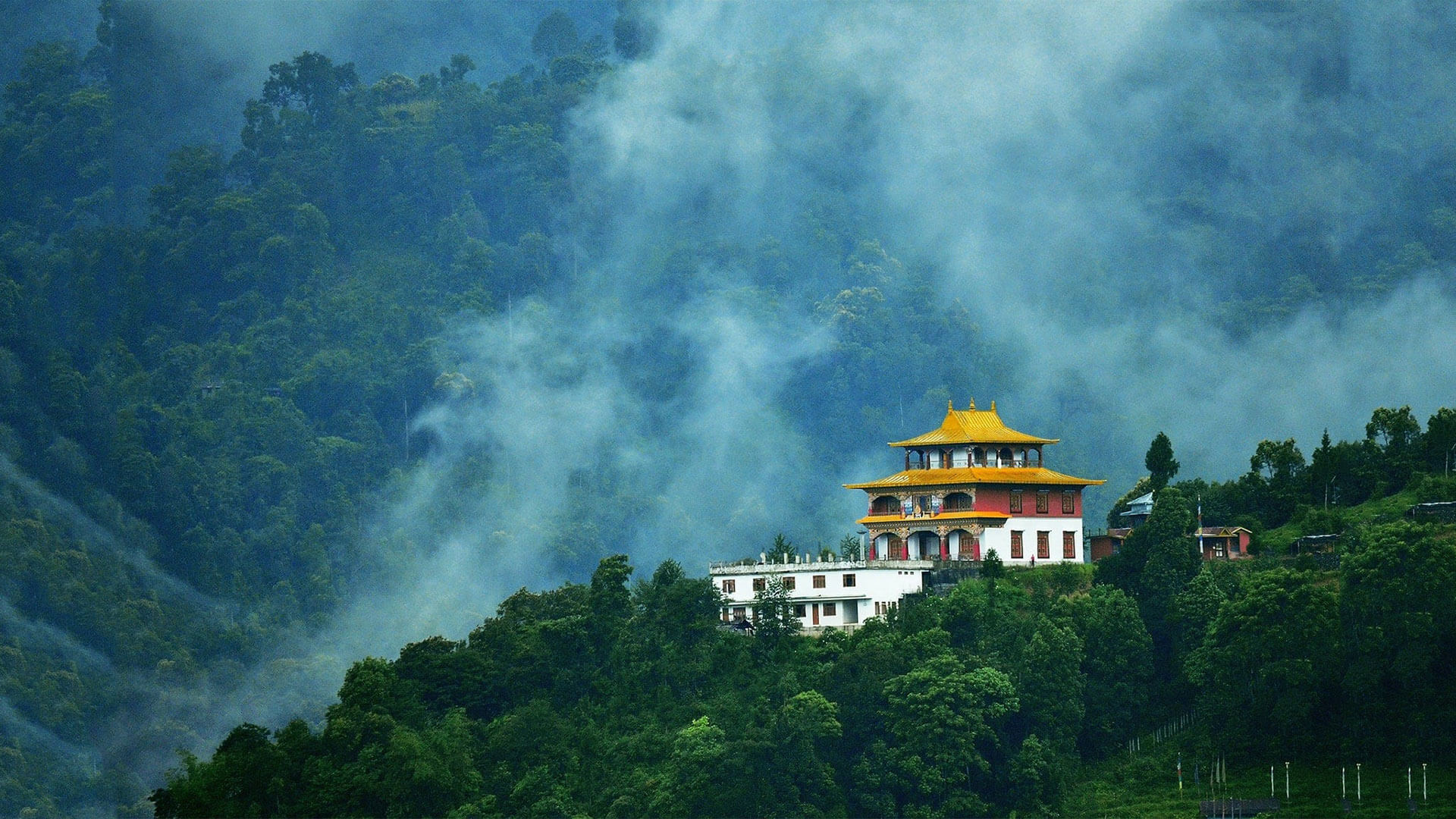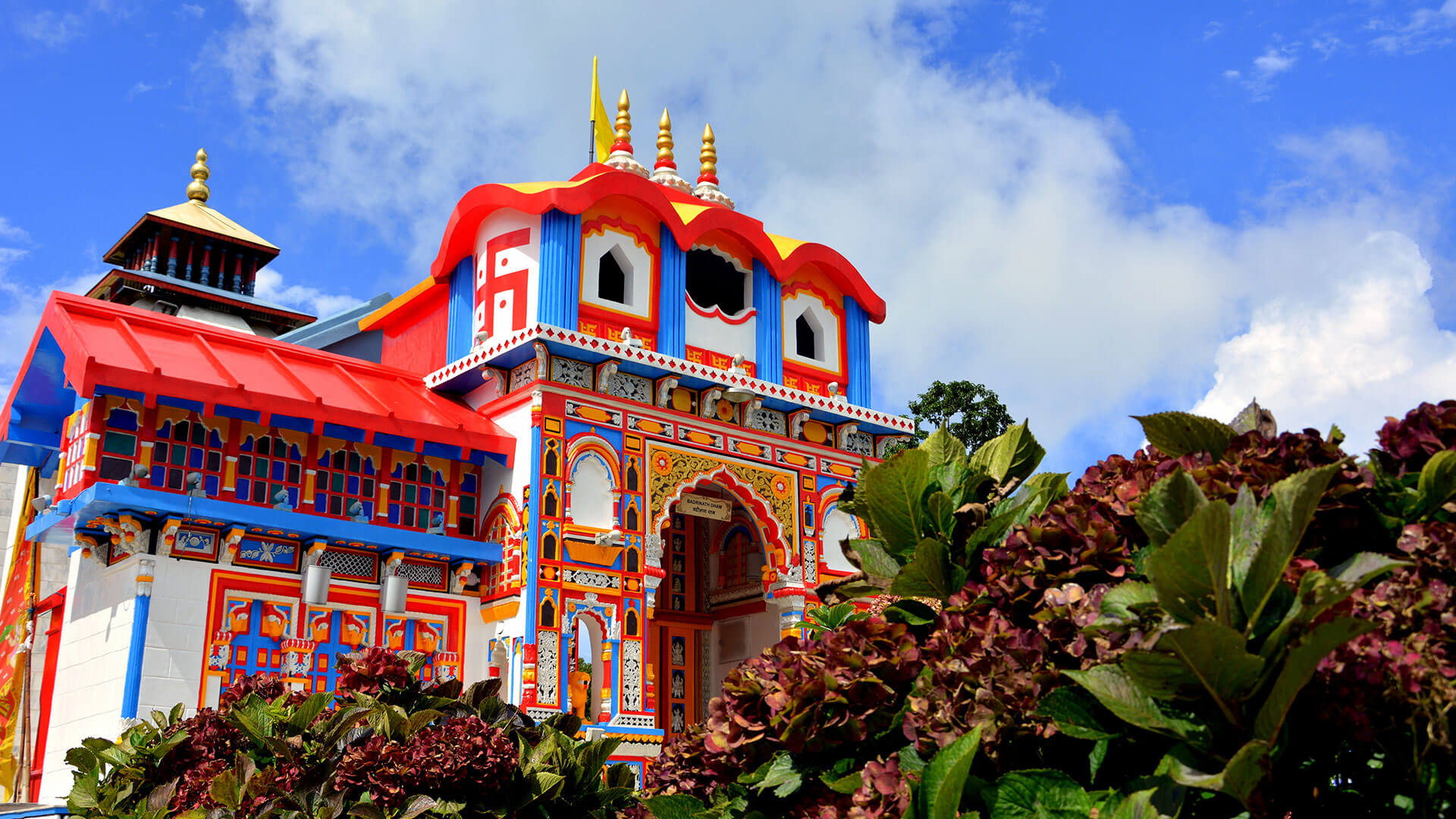Kanchenjunga Tourism: Trekking, Adventure & Travel Guide
Kanchenjunga is the third-highest mountain in the world, with an impressive height of 8,586 metres (28,169 feet). It is located in the eastern Himalayas, on the border between Nepal and the Indian state of Sikkim. Kanchenjunga is widely known for its breathtaking beauty and its five prominent peaks, often referred to as the "Five Treasures of Snow." These peaks symbolize treasures such as gold, silver, gems, grain, and holy scriptures, according to local legends.
The Kanchenjunga peak is not only stunning but also challenging to climb. It is considered one of the most difficult mountains for mountaineers due to its remote location, steep terrain, and unpredictable weather. Despite this, it attracts many climbers and trekkers from around the world who are eager to explore its untouched beauty. Unlike more famous mountains like Mount Everest, Kanchenjunga remains relatively quiet, offering a serene and adventurous experience for those who visit.
Apart from its majestic height, Kanchenjunga holds great cultural and spiritual significance for the local people of Sikkim and Nepal. It is regarded as a sacred mountain, and many believe that the spirits of the region protect it. The surrounding areas are home to diverse wildlife, including rare species like the snow leopard, red panda, and blue sheep, making it a haven for nature lovers as well. The landscape around the Kanchenjunga peak is also rich with alpine forests, glaciers, and beautiful valleys, providing a peaceful escape into nature.
Climate of Kanchenjunga
Alpine to Glacial Climate
- Due to its high altitude (8,586 m), Kanchenjunga experiences a range of climates, from temperate in the lower valleys to glacial conditions at the summit.
Temperature Variations
- Summer (May to June): Pleasant at lower altitudes (10°C to 20°C); cold at higher elevations.
- Winter (Dec to Feb): Freezing temperatures, often dropping below -20°C at high altitudes.
- Summit temperatures remain sub-zero year-round.
Rainfall
- Monsoon (June to September): Heavy rainfall on the Indian side (Sikkim), causing slippery trails and landslides.
- The Nepal side receives less rainfall comparatively.
Snowfall
- Frequent above 4,000 meters, especially from November to March.
- Snow persists year-round on the upper slopes and summit.
Humidity and Winds
High humidity during monsoon; dry and windy at higher altitudes, especially during winter.
Best Time to Visit Kanchenjunga
Spring (April to June)
- Ideal weather with clear skies and moderate temperatures.
- Rhododendrons and alpine flowers bloom, enhancing scenic beauty.
- Perfect time for trekking and photography.
Autumn (September to November)
- Post-monsoon season ensures clean air and unobstructed mountain views.
- Dry trails and stable weather make it favorable for high-altitude trekking.
- Best visibility of Kanchenjunga’s snow-capped peaks.
Avoid Monsoon (July to August)
- Heavy rainfall can cause landslides and slippery trails.
- Limited visibility and frequent travel disruptions.
Winter (December to March):
- Extremely cold with heavy snowfall at higher altitudes.
- Trekking becomes challenging and many routes may be closed.
- Suitable only for experienced mountaineers with proper gear.
Culture of Kanchenjunga
Kanchenjunga, the third-highest mountain in the world, holds deep spiritual and cultural significance for the people of Sikkim and Nepal. Considered sacred, it is believed to be the abode of deities, with its five peaks symbolising "Five Treasures of Snow" (gold, silver, gems, grain, and sacred scriptures).
For the Lepcha and Bhutia people of Sikkim, the mountain is a revered guardian, and many local festivals, such as the Khangchendzonga Festival, celebrate its protective powers. The Sherpa community in Nepal also respects the mountain, often avoiding the summit in reverence to its spiritual presence.
Rituals, prayers, and offerings are performed before expeditions to seek the blessings of mountain deities. Monasteries in the region, adorned with colorful prayer flags, further highlight its spiritual importance. Conservation efforts in both Sikkim and Nepal aim to preserve the natural and cultural heritage of the Kanchenjunga region.
History of Kanchenjunga
Kanchenjunga’s history is as captivating as its towering peaks. Once believed to be the tallest mountain in the world, its status shifted in 1856 following the Great Trigonometrical Survey of India conducted in 1849. Through this groundbreaking survey, Mount Everest was officially recognized as the highest peak on Earth, and Kanchenjunga took its place as the third tallest. Despite this change, Kanchenjunga remains a mountain of immense significance. Revered in local mythology and deeply intertwined with religious traditions, its majestic slopes have been familiar to generations of priests and merchants for centuries.
Top Attractions Around Kanchenjunga
There are a million things to witness and a million more emotions to experience in the surroundings of the highest mountains in India. Kanchenjunga has some marvelous places nearby, which is worth visiting.
- Goechala – This high mountain pass is a favourite for trekkers and offers breathtaking views of Kanchenjunga and other Himalayan peaks. The trek is challenging but rewarding, with stunning landscapes, forests, and alpine meadows.
- Yuksom – The historical town of Yuksom is the gateway to the Kanchenjunga National Park and a starting point for treks to the mountain. It’s also known for its serene monasteries and rich cultural heritage.
- Kanchenjunga National Park – A UNESCO World Heritage site, this park is a biodiversity hotspot with rare wildlife species like snow leopards, red pandas, and Himalayan black bears. The pristine beauty of the park, combined with the grandeur of Kanchenjunga, makes it a must-visit for nature lovers.
- Tashiding Monastery – One of the holiest Buddhist monasteries in Sikkim, Tashiding is nestled amidst mountains and forests, offering peace and spirituality to visitors. It’s a great spot to soak in the local culture and spiritual ambiance.
- Pelling – A small town with panoramic views of Kanchenjunga, Pelling is popular among travellers seeking to experience the Himalayan landscape. The town also features monasteries, waterfalls, and the impressive Pemayangtse Monastery.
- Lachung – Located in North Sikkim, Lachung is a picturesque village surrounded by snow-capped peaks and waterfalls. It's known for its natural beauty and provides a base for visiting the Yumthang Valley, often called the “Valley of Flowers.”
- Zemu Glacier – For the adventure seekers, a trek to Zemu Glacier offers an unforgettable journey through pristine wilderness, with the chance to see Kanchenjunga up close. It’s one of the longest glaciers in the Himalayas.
Trekking Experiences at Kanchenjunga
1. Kanchenjunga Circuit Trek (Nepal Side)
A comprehensive loop covering both North and South Base Camps.
- Duration: 20-25 days.
- Difficulty: Challenging (requires advanced trekking skills).
- Highlights: Remote valleys, Tibetan monasteries, wildlife encounters.
2. Kanchenjunga Base Camp Trek (India Side)
A shorter but equally mesmerizing trek from Yuksom to Goechala
- Duration: 10-15 days.
- Difficulty: Moderate to High (suitable for experienced trekkers).
- Highlights: Close-up views of Kanchenjunga, rhododendron forests, alpine meadows.
Adventure Activities at Kanchenjunga
- High-Altitude Trekking: Explore challenging and remote trails.
- Photography Tours: Capture the grandeur of the Himalayan peaks and diverse landscapes.
- Cultural Tourism: Engage with the unique traditions of Sherpa, Tibetan, and Limbu communities.
- Wildlife Exploration: Visit the Kanchenjunga National Park, a UNESCO World Heritage Site.
Travel Essentials for Kanchenjunga
Permits:
- India: Restricted Area Permit (RAP) for foreign nationals in Sikkim.
- Nepal: Kanchenjunga Conservation Area Permit (KCAP) and TIMS card.
What to Pack:
- Warm layers (sub-zero temperatures).
- Trekking poles and sturdy boots.
- First aid kit, including altitude sickness medication.
Accommodation:
- Teahouses (basic facilities) on the Nepal side.
- Camping is mandatory in remote areas of Sikkim.
Travel Tips for Kanchenjunga by Adotrip
1. Obtain Required Permits
- For Sikkim (India): Restricted Area Permit (RAP) and Inner Line Permit (ILP) are mandatory.
- For Nepal: Kanchenjunga Conservation Area Permit (KCAP) and TIMS Card are required.
2. Best Time to Travel
- Plan your trip between April to June or September to November for clear skies and comfortable trekking conditions.
- Avoid travel during the monsoon (July–August) and extreme winter (December–February).
3. Physical Preparation is Essential
- The terrain is challenging; begin physical training 1–2 months in advance.
- Focus on cardiovascular fitness, stamina, and leg strength.
4. Pack Smart and Light
- Weather can change quickly—carry layered clothing.
- Include thermal wear, waterproof jackets, trekking boots, gloves, sunglasses, and sunscreen.
5. Acclimatize Gradually
- Take rest days during your trek to adjust to high altitude.
- Drink plenty of water and avoid alcohol or overexertion.
6. Carry Trek Essentials
- Bring energy bars, dry fruits, a refillable water bottle, first-aid kit, flashlight, and power bank.
- Charging points are limited in remote areas.
7. Respect Local Beliefs and Customs
- Kanchenjunga is considered sacred in Sikkim.
- Avoid littering and respect the local culture and environment.
8. Hire a Licensed Guide or Travel with a Group
- For safety and local insights, it's advisable to trek with a certified guide or through a reliable operator.
- Adotrip offers curated Kanchenjunga packages with expert support.
9. Use Offline Navigation Tools
- Mobile networks are unreliable in the region.
- Download offline maps and carry a physical trail map for backup.
10. Trust Adotrip for Seamless Planning
From permits and accommodations to guided treks, Adotrip offers end-to-end planning for a safe and memorable Kanchenjunga journey.
How to Reach Kanchenjunga
Kanchenjunga Tourism has left a remarkable landmark in tourism history for enjoying its picturesque beauty. Tourists from different places visit this highest mountain peak in India throughout the year. Reaching it is very easy as the place is well-connected with different parts of the country. All three modes of transport can help the visitors reach this awe-inspiring destination.
- Nearest Famous City. Gangtok
- Nearest Airbase. Gangtok
- Nearest Railhead. Darjeeling Station
- Distance from Gangtok. 61.7 Km
By Air
Kanchenjunga does not have its own airport. The nearest airport to reach this stunning destination is in Gangtok. The Gangtok airport caters to flights from different parts of the country. It is well-connected with major cities of the country. Another airport that can be used to reach Kanchenjunga is Bagdogra Airport. After deboarding at the airport, the visitors can hire a private cab or board a state transport bus to complete their journey.
- Distance from Gangtok Airport. 61.7 Km
- Distance from Bagdogra Airport. 114 Km
Here is a list of Indian cities from where flights are available to Kanchenjunga
- Kolkata to Bagdogra Flight
- Delhi to Bagdogra Flight
- Mumbai to Bagdogra Flight
- Guwahati to Bagdogra Flight
- Chennai to Bagdogra Flight
By Rail
The nearest railway station to Gangtok is Darjeeling. A direct train is also available to the station and covers 85.5 km of the distance by a hired taxi. There are several trains that run between different parts of the country and ferry passengers to Darjeeling, the closest station to reach Kanchenjunga.
- Distance from Darjeeling Railway Station. 74.7 Km
By Road
Kanchenjunga is easily accessible by road. It is well-connected with different towns and cities of the state and parts of the country. Both private and state-run buses ply their services for the passengers who wish to explore Kanchenjunga. Many visitors plan a trip to this beautiful destination by their own car.
- Distance From Darjeeling. 74.4 Km
- Distance From Gangtok. 61.7 Km
- Distance From Pelling. 43.5 Km
- Distance From Yuksom. 120 Km
- Distance From Kolkata. 570 Km
- Distance From Delhi. 1087 Km
- Distance from Mumbai. 1826 Km
FAQs Related to Kanchenjunga
Q1. What is Kanchenjunga famous for?
A1. Kanchenjunga is famous for being the third highest mountain in the world, standing at 8,586 meters (28,169 feet). It's renowned for its majestic beauty, challenging trekking routes, and spiritual significance in both Nepal and Sikkim, India.
Q2. Where is Kanchenjunga located?
A2. Kanchenjunga is located in the Himalayas, on the border between Nepal and the Indian state of Sikkim. It is part of the Kanchenjunga Himal range.
Q3. Can tourists visit Kanchenjunga?
A3. Yes, tourists can trek in the Kanchenjunga region. However, special permits are required, especially for the Indian side in Sikkim due to its proximity to the international border.
Q4. Is climbing Kanchenjunga allowed?
A4. Climbing is allowed from the Nepal side, and several expeditions have successfully summited. On the Sikkim side, climbing is banned due to its sacred status among locals.
Q5. Why is Kanchenjunga considered sacred?
A5. Kanchenjunga is regarded as a sacred mountain by the people of Sikkim and neighboring regions. It is believed to be the abode of deities, and many local traditions and rituals honor the mountain.
Q6. What is the best time to visit Kanchenjunga?
A6. The best time to visit the Kanchenjunga region is during spring (April to June) and autumn (September to November), when the skies are clear and weather conditions are ideal for trekking.
Q7. What are popular treks around Kanchenjunga?
A7. Popular treks include the Kanchenjunga Base Camp Trek from Nepal and the Goecha La Trek from Sikkim, both offering spectacular views of the mountain.
Q8. How difficult is the Kanchenjunga trek?
A8. The Kanchenjunga trek is considered moderate to difficult. It requires good physical fitness, prior trekking experience, and acclimatization due to high altitudes and remote terrain.
Q9. Are there any wildlife sanctuaries near Kanchenjunga?
A9. Yes, the Kanchenjunga National Park in Sikkim, a UNESCO World Heritage Site, is home to rare species like the red panda, snow leopard, and Himalayan black bear.
Q10. What does the name "Kanchenjunga" mean?
A10. "Kanchenjunga" is derived from the Tibetan words "Kang-chen-dzö-nga," meaning "The Five Treasures of the Snow," referring to its five distinct peaks.
Popular Packages
Blogs

Famous Festivals of Sikkim – Celebrate Culture & Tradition

Famous Food Of Sikkim 2025 - Explore the Unique Flavors and Traditional Dishes

Snowfall Places in Sikkim 2025 - Top Destinations for Winter Adventures

Top Tourist Places to Visit in Sikkim - Scenic Spots and Attractions
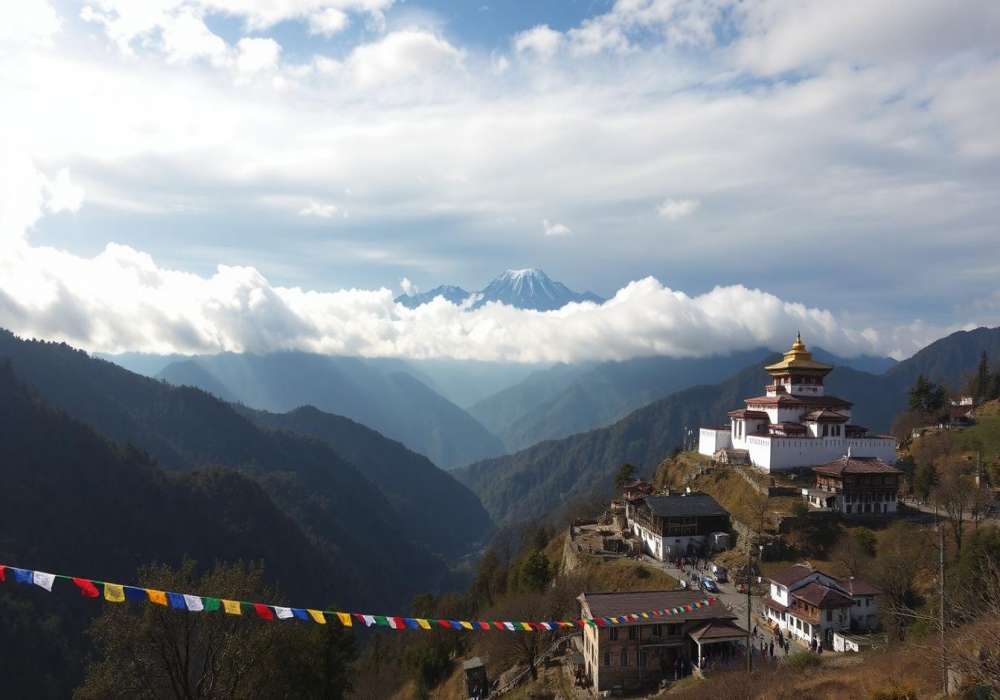
Best Places to Visit in Gangtok and Top Things To Do
Nearby Stays
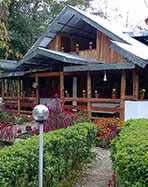
Limboo Homestay
Yuksom West. Sikkim, 737113
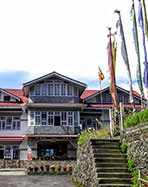
Red Palace Hotel
Yuksom Kothi, Yuksom, Sikkim 737113
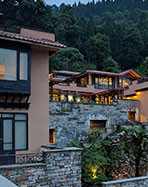
The Chumbi Mountain Resort & Spa
Naku Chumbon, Pelling, Sikkim, India 737...
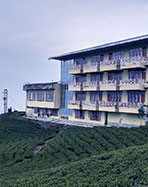
Cherry Resort
Temi Tea Garden, Namchi, South Sikkim 737126
